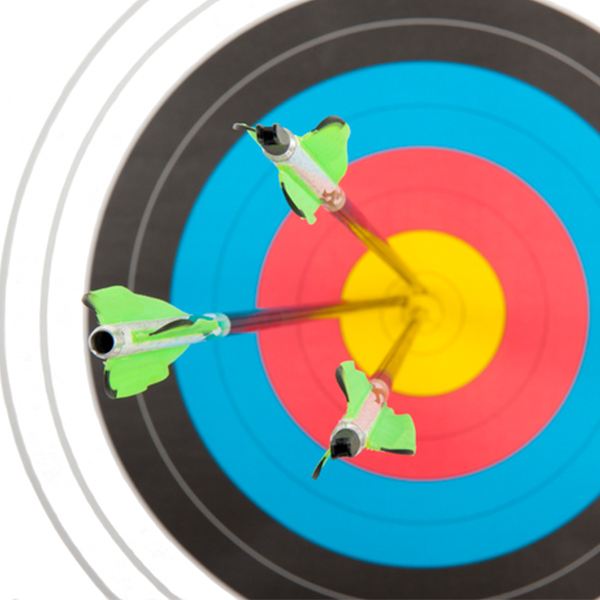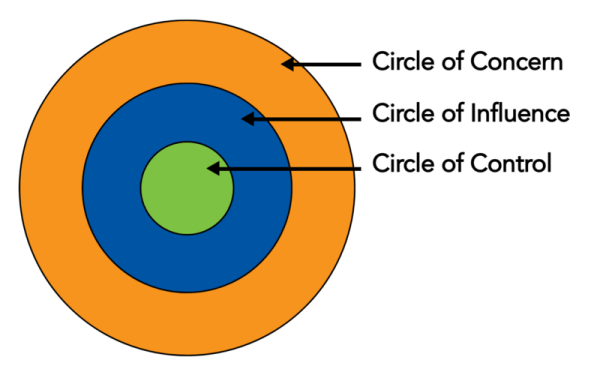Circle of Control, Influence and Concern

Bull’s eye with three arrows in centre ( yellowpaul, Getty Images)

Bull’s eye with three arrows in centre ( yellowpaul, Getty Images)
How does this align with my curriculum?
PE
9
Science Grade 9 (revised 2018)
Decisions and Perspectives
PE
10
Science 421A (2019)
Decisions and Perspectives
PE
12
Chemistry 621A (draft 2021)
Decisions and Perspectives DP1
PE
11
Chemistry 521A (draft 2021)
Decisions and Perspectives DP1
This learning strategy helps students identify challenges and then consider areas where they can focus attention on actions.
Why use it?
- To enhance critical thinking skills
- To increase awareness of their ability to create impact
Tips for success
- Have the template ready or circles drawn on paper or on a whiteboard
How do I use it?
- Ask students to identify a concern or challenge they may have.
- Have students brainstorm additional feelings or thoughts related to the concern on individual sticky notes.
- Provide students with either a Circle of Control, Influence and Concern reproducible or invite them to draw three concentric circles (similar to what is on the reproducible).
- Have students individually, in pairs, small groups or whole class begin sorting their ideas into each of the three circles.
- Ensure that students understand the different areas of the circles.
- The Circle of Concern is the biggest and could encompass all the various aspects that they might be worried about or interested in, but have limited or no control over.
- The Circle of Influence is smaller and could encompass the areas where students can exert some level of control or influence.
- The Circle of Control is the smallest and most critical circle. It encompasses the aspects that students have direct control over, particularly their own behavior and responses.
Image - Text Version
Shown is a colour diagram of three concentric circles, with labels.
The outer orange circle is labelled “Circle of Concern.” Inside that, the middle blue circle is labelled “Circle of Influence.” The green circle in the centre is labelled “Circle of Control.”
- Discuss the various ideas students placed outside of the circle of control. You may want to use the following prompts:
- What were some reasons you placed your challenge in the circle of influence or concern?
- What would it take for that challenge to shift circles?
- Who in the class may have that challenge as a challenge they can control?
- Have students select one challenge in the circle of concern to consider for next steps. As students’ circles of control and influence expand, their circle of concern hopefully starts to shrink.
Variations
- Depending on the topic it might make sense to only have one or two of the circles.
Extensions
- Encourage students to look at the ways they could influence some of the things that are out of their control. Maybe they can’t control them, but could they influence them? For example, could they actively help a neighbour or decide what their response or attitude will be when feeling frustrated?
Using this Strategy
- Circle of Control, Influence and Concern reproducible [Google doc] [PDF]
Create Your Own
- Circle of Control, Influence and Concern reproducible [Google doc] [PDF]
